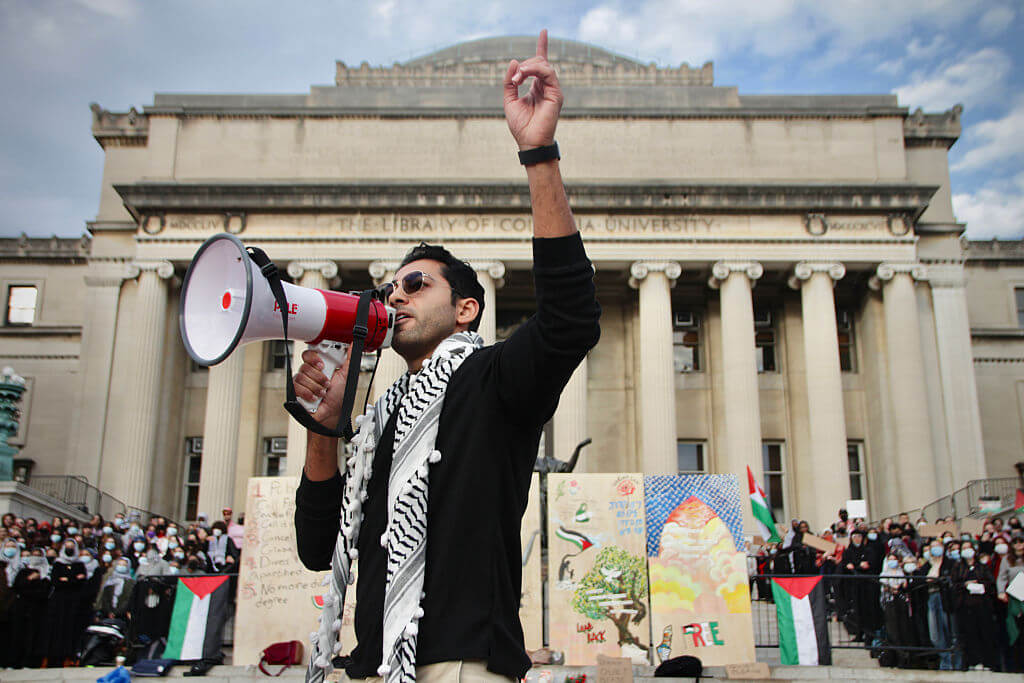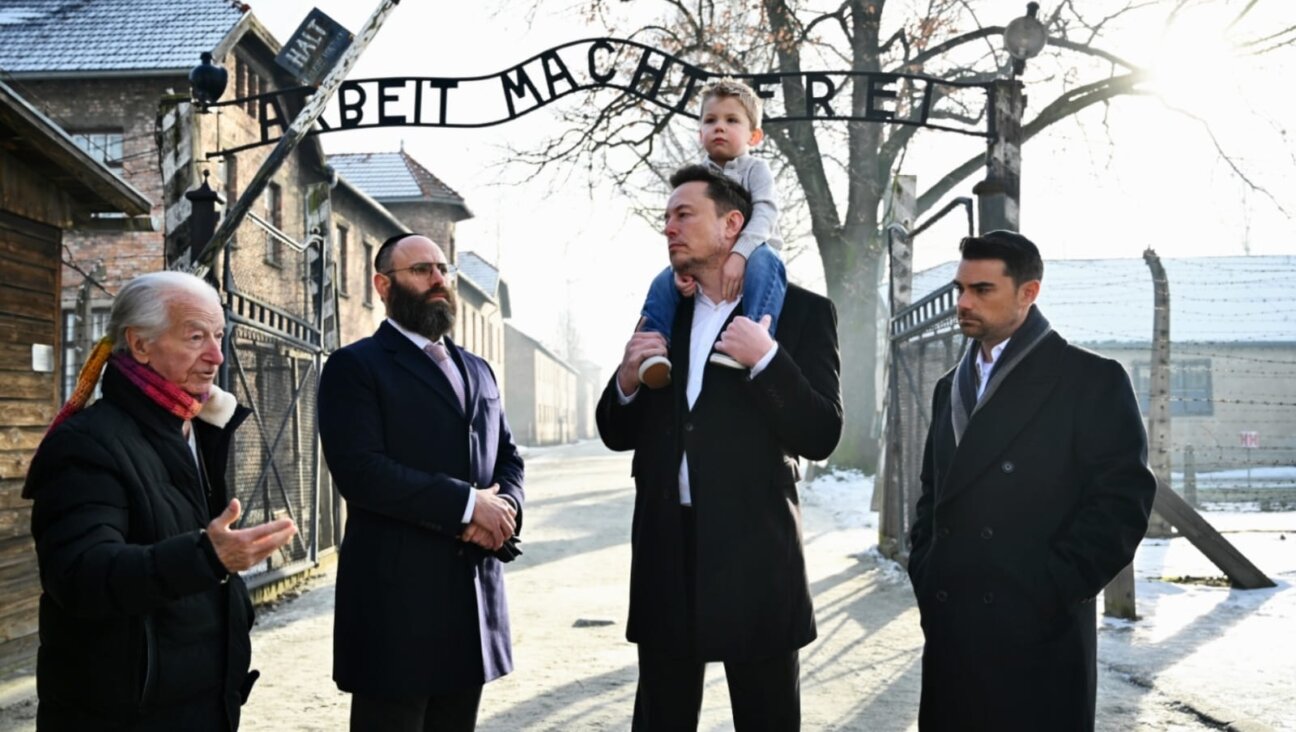Ghost-Painting Grandfather’s Story To Understand His Own
In May 2000, I traveled to Kosovo with a team of psychologists and psychiatrists to work with Albanian Kosovar mental health professionals from the Department of Neuropsychiatry at the University of Prishtina. The goal was to help develop a public mental-health approach that could foster strength and resilience in the Kosovar families.
Spring arrived that week. Just one year before, as the trees were turning green, Serbian military forces entered the small village of Slovia, population 3,000. Our team of six Americans was introduced to families that had suffered from the massacre — usually the abduction and murder of the mature men and the boys over the age of 14. I was invited into the living room of one large extended family, whose members were in a state of postponed grief because the bodies of their four murdered men had been taken from the village and not yet recovered. As the members of the family — beginning with the patriarch then in descending order by age — spoke about their tragedy and their modes of coping over the previous year, my gaze was drawn to the face of a 9-year-old boy who sat, quietly listening.
I thought of my grandfather who was 9 years old when Russians and Rumanians stormed his town and killed 49 people in a pogrom that lasted two days. That was April 7, 1903, in the town if Kishinev, in present-day Moldova.
For years I painted landscapes in my studio in Tribeca from photos I had taken during my travels around the world as a tourist. When I started working intensively with torture survivors at Bellevue Hospital about eight years ago, I became a different kind of tourist. As I listened to the stories of torture survivors from around the world — Kurds, Iraqis, Iranians, East and West Africans, Tibetans, Chinese, South Americans and Eastern Europeans — I began to accumulate a new set of images of people, places and disturbing events. And as these images and experiences began becoming my memories, entering my body, they altered my internal landscape and the landscapes I was painting.
So many of the stories I was hearing were of events that never made it into the news here in the United States. And like many therapists who work with these survivors from around the world, I began to feel overburdened by their stories and isolated from others in my life to whom I did not want to impose such painful realities. The therapeutic values of privacy and confidentiality, along with the practitioner’s sensitivity about not compromising the therapeutic endeavor by engaging in advocacy, often lead to an uncomfortable state of self-imposed muteness.
Painting became for me like a dream in which the experiences of my daily life — the confusing sensations and emotions in response to these stories — found visual expression. I decided to follow this imagery, allowing it to create its own direction. Over the next year I attempted to find a visual language to represent my experience — to represent what could not be contained by language. Little did I know at the time that many artists have felt that trauma forces one to create a new language — that there is always a substrata of such experience that language falls short of representing. Even when such torment is given voice in a language or symbols, the unspeakable continues to pose a challenge to the symbolic.
I painted a series of paintings that incorporated the responses to images that came out of my therapeutic encounter with three men who had been tortured and were now struggling with the emotional consequences of that trauma. I reached an impasse that was preventing me from progressing further. My friend and studio mate, Israeli artist Meir Gal, looked at the paintings. Sheet music was strewn on the floor where a friend had been practicing jazz drumming. Meir asked me: “Where is your score behind the music, the narrative behind these images?”
What I was communicating in these vague and quasi-romantic paintings was ambiguous without my story. I came to realize that I had been dealing with modern survivors of torture and political violence as if their stories were foreign to me and my family. Here I was, struggling to comprehend the testimonies of people from cultures I did not know and I had ignored the testimony my grandfather had written to me in letters some 15 years earlier before his death. Meir urged me to go and hold the letters.
My grandfather wrote me a series of letters about his Kishinev experience, which I typed and distributed to my family, according to his request. I did not incorporate or respond to them, and I had not returned to look closely at these letters during the time of working with survivors.
I began to realize that the paintings I had created in response to the testimonies of recent refugees had created an opening to allow me to experience my grandfather’s story in a deeply emotional way. When I returned to look at the paintings, I saw in them elements from his life. Only later did I see that I had been painting his story all along.
The Forward is free to read, but it isn’t free to produce

I hope you appreciated this article. Before you go, I’d like to ask you to please support the Forward.
Now more than ever, American Jews need independent news they can trust, with reporting driven by truth, not ideology. We serve you, not any ideological agenda.
At a time when other newsrooms are closing or cutting back, the Forward has removed its paywall and invested additional resources to report on the ground from Israel and around the U.S. on the impact of the war, rising antisemitism and polarized discourse.
This is a great time to support independent Jewish journalism you rely on. Make a gift today!
— Rachel Fishman Feddersen, Publisher and CEO
Support our mission to tell the Jewish story fully and fairly.
Most Popular
- 1

Fast Forward Ye debuts ‘Heil Hitler’ music video that includes a sample of a Hitler speech
- 2
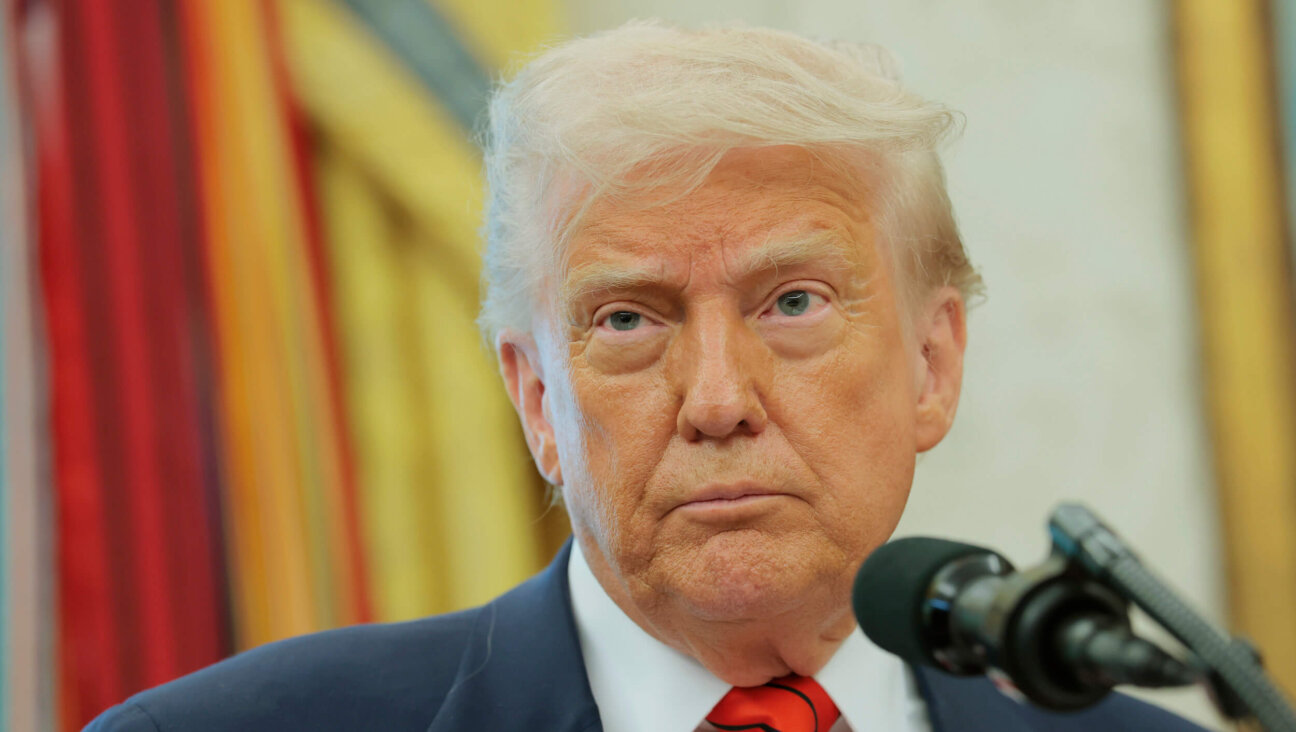
Opinion It looks like Israel totally underestimated Trump
- 3
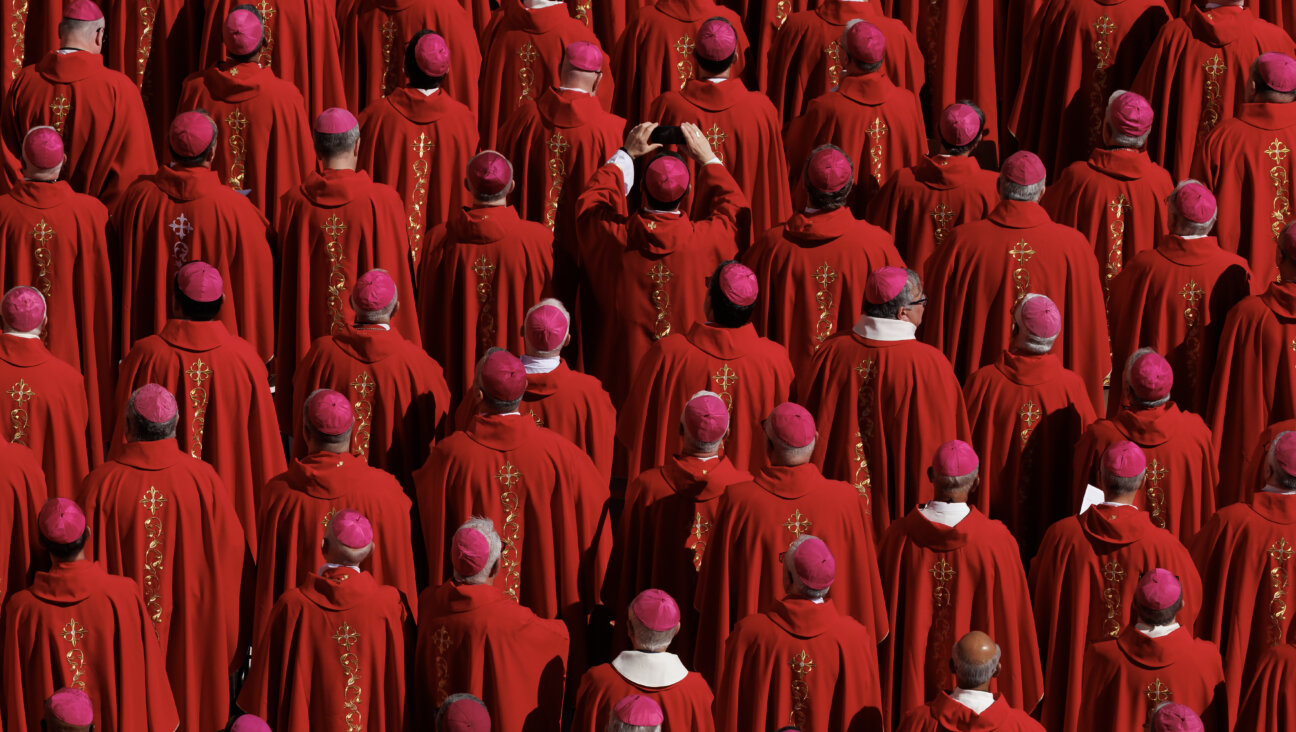
Culture Cardinals are Catholic, not Jewish — so why do they all wear yarmulkes?
- 4

Fast Forward Student suspended for ‘F— the Jews’ video defends himself on antisemitic podcast
In Case You Missed It
-
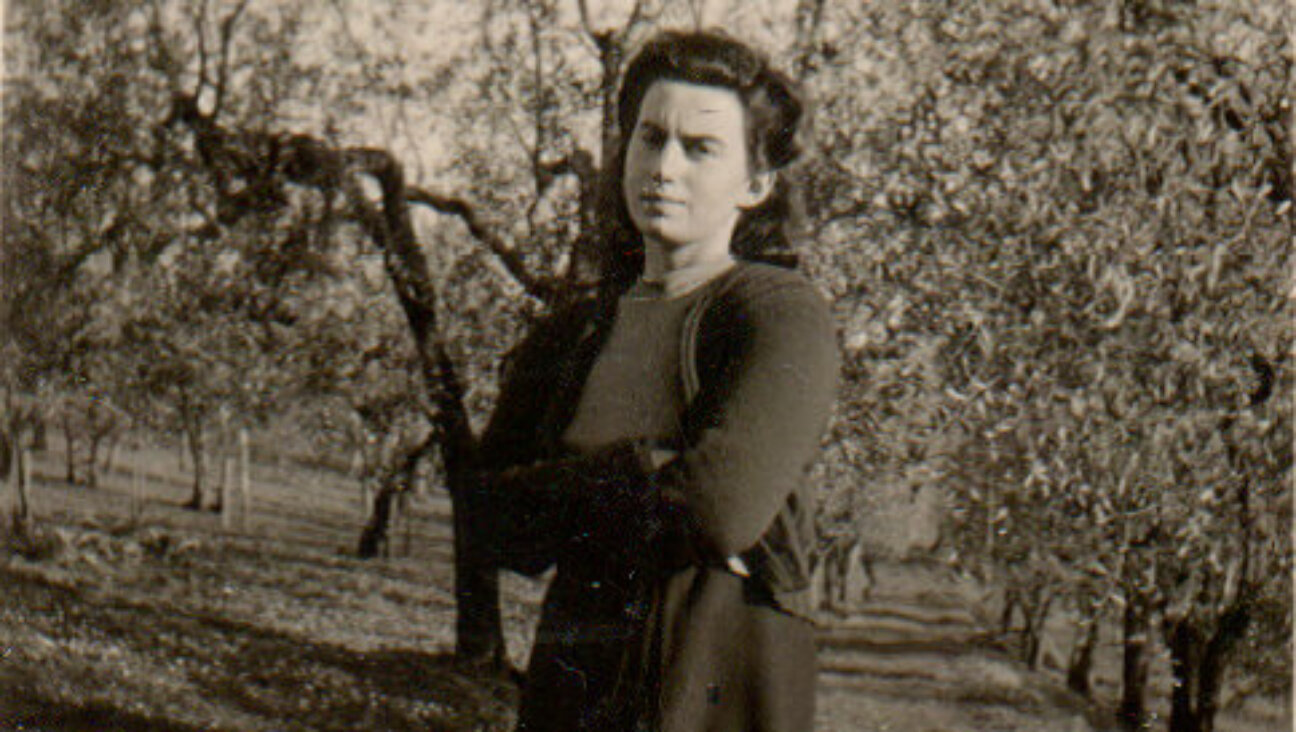
Culture How one Jewish woman fought the Nazis — and helped found a new Italian republic
-

Opinion It looks like Israel totally underestimated Trump
-

Fast Forward Betar ‘almost exclusively triggered’ former student’s detention, judge says
-
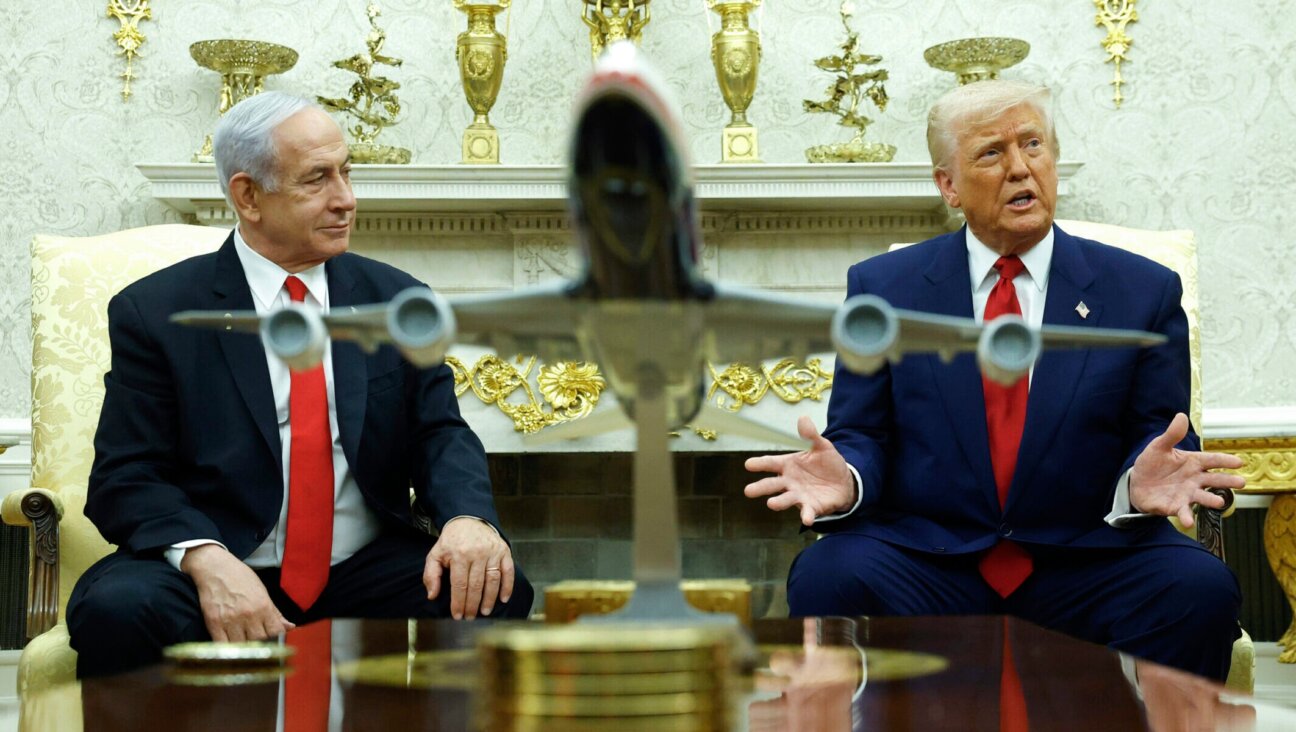
Fast Forward ‘Honey, he’s had enough of you’: Trump’s Middle East moves increasingly appear to sideline Israel
-
Shop the Forward Store
100% of profits support our journalism
Republish This Story
Please read before republishing
We’re happy to make this story available to republish for free, unless it originated with JTA, Haaretz or another publication (as indicated on the article) and as long as you follow our guidelines.
You must comply with the following:
- Credit the Forward
- Retain our pixel
- Preserve our canonical link in Google search
- Add a noindex tag in Google search
See our full guidelines for more information, and this guide for detail about canonical URLs.
To republish, copy the HTML by clicking on the yellow button to the right; it includes our tracking pixel, all paragraph styles and hyperlinks, the author byline and credit to the Forward. It does not include images; to avoid copyright violations, you must add them manually, following our guidelines. Please email us at [email protected], subject line “republish,” with any questions or to let us know what stories you’re picking up.








